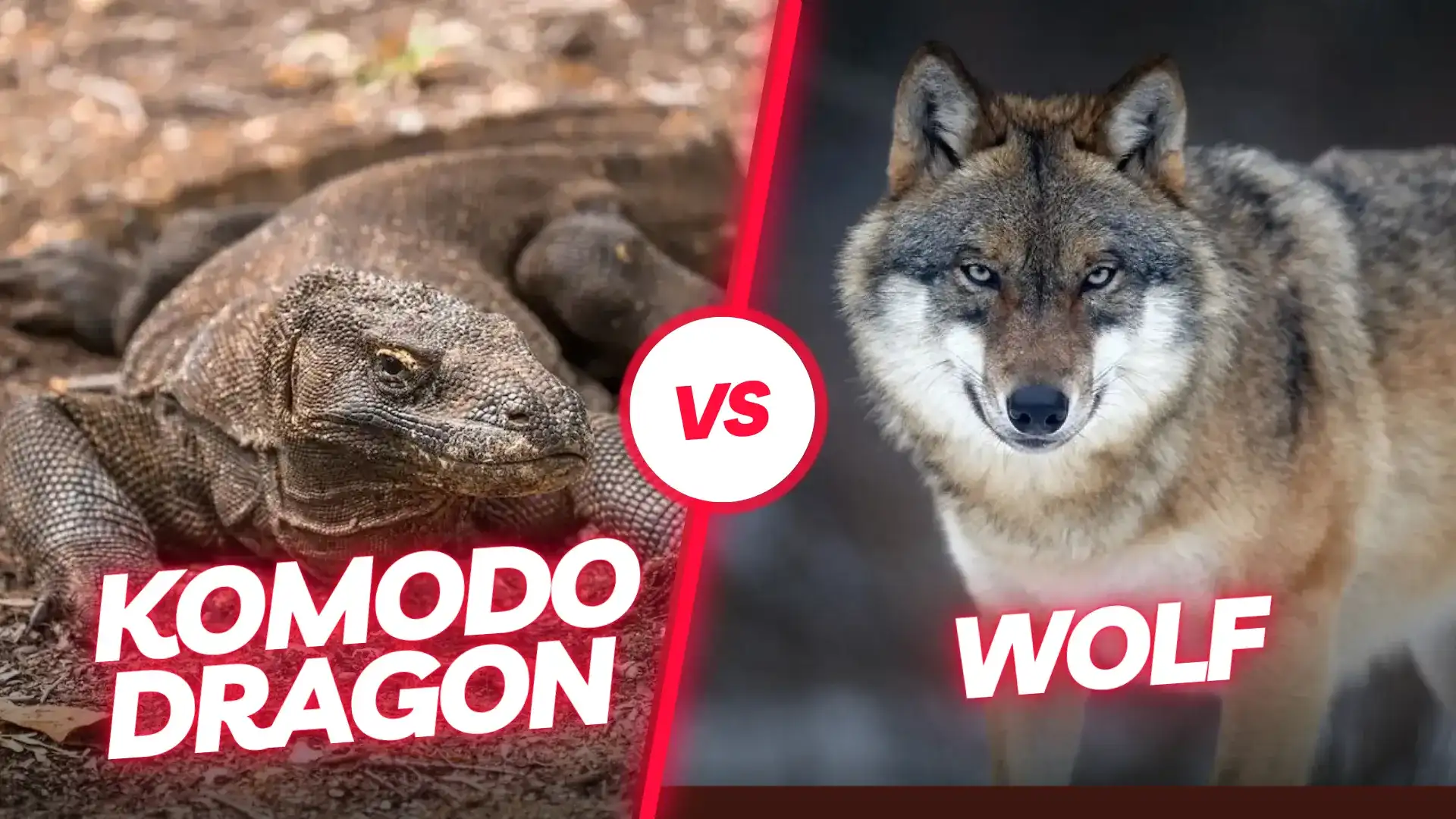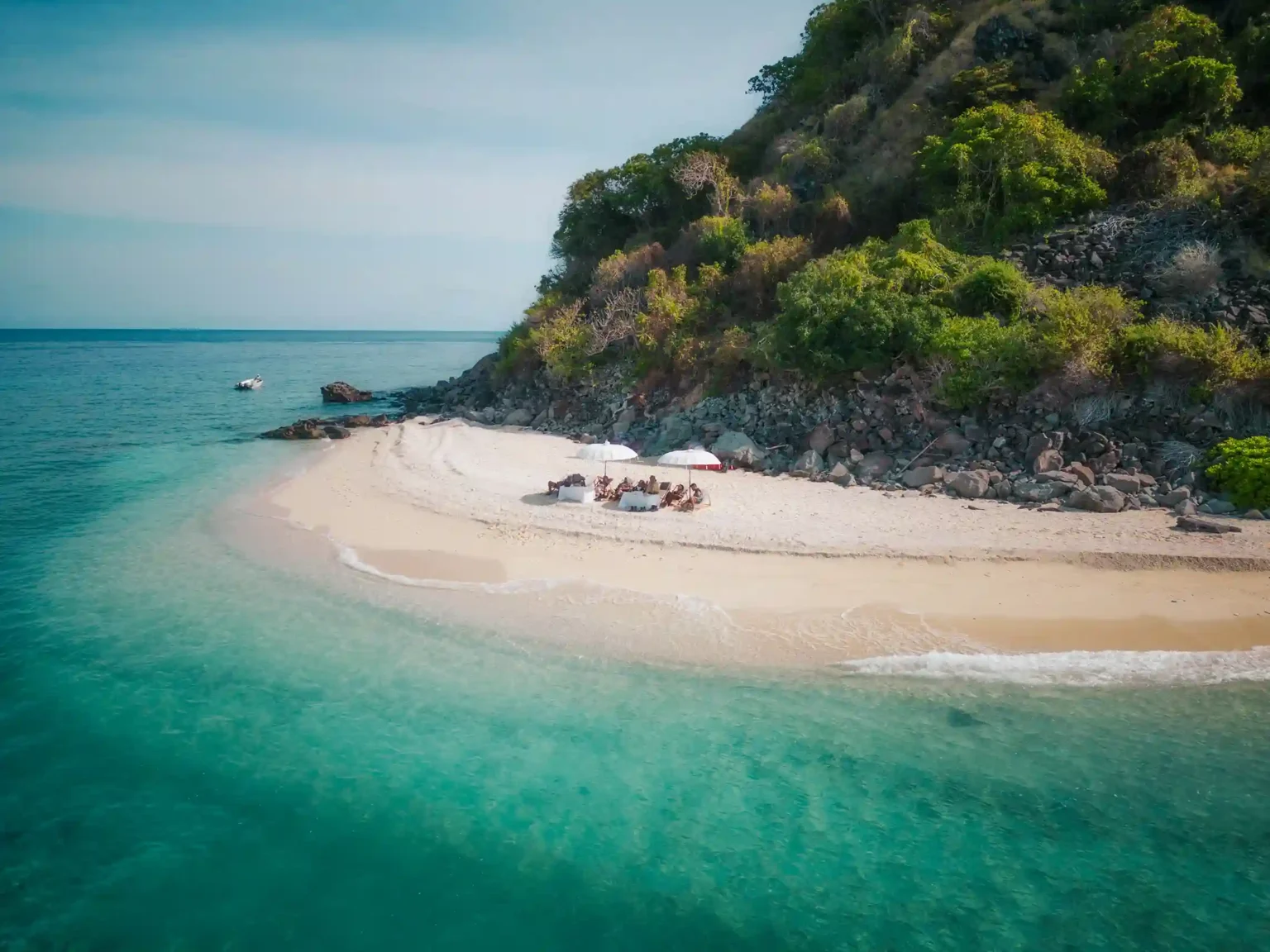The Komodo dragon and the wolf are two of the fiercest predators on earth. Both of these animals are legendary hunters with their own unique strengths. But what if they had to fight? In this article, we’ll break down a comparison between the Komodo dragon and the gray wolf to figure out who might come out on top. But first, let’s get to know these two animals a little better.
The Komodo Dragon: Giant Venomous Lizard
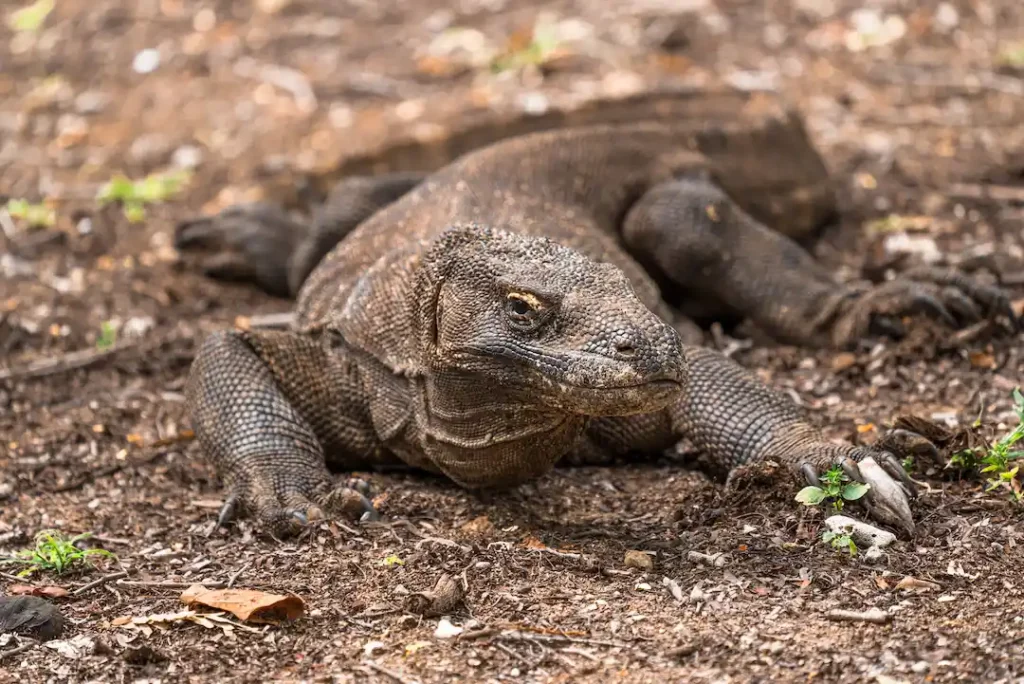
The Komodo dragon (Varanus komodoensis) is the world’s largest lizard species, native to a few Indonesian islands such as Komodo, Rinca, Flores, Gili Motang, and Gili Dasami. These massive creatures can grow up to 10 feet long and weigh as much as 200 pounds. With their muscular bodies and incredible strength, they are the apex predators in their environment.
One of the most terrifying aspects of the Komodo dragon is its bite. Not only is its mouth filled with harmful bacteria, but it also delivers venom that can incapacitate its prey. A single bite can lead to infection, causing the prey to weaken over time, allowing the Komodo dragon to finish the job. They also have long, forked tongues similar to snakes, which help them detect the scent of prey from up to 4 kilometers away. These cold-blooded creatures are patient ambush predators, known for attacking at just the right moment.
The Wolf: A Master of Pack Hunting
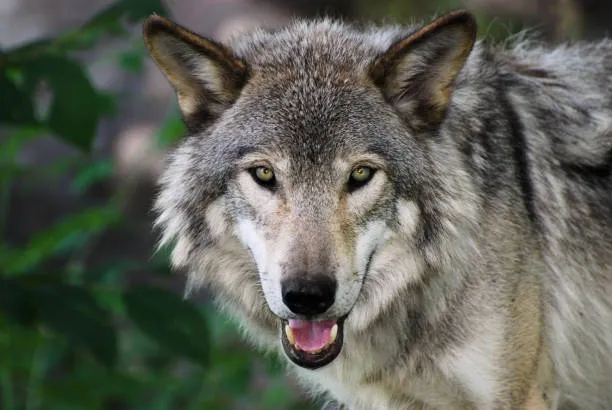
The gray wolf is one of the most widespread carnivores in the world, found across North America, Europe, and Asia. Known for their social nature, wolves hunt in packs, making them highly effective predators, able to take down large prey like bison, elk, and even moose.
Wolves are much smaller than Komodo dragons. They usually measure around 5 feet in length and weigh between 90 to 175 pounds, depending on their species and habitat. However, wolves have an advantage in speed and agility. Their real strength lies in their intelligence and ability to work together as a team. Wolves have a complex social structure within the pack, with each member playing a specific role during a hunt.
Read more: Komodo Dragon vs Cat: Can a Jaguar Take on the World’s Largest Lizard?
Comparing Komodo dragon vs Wolf
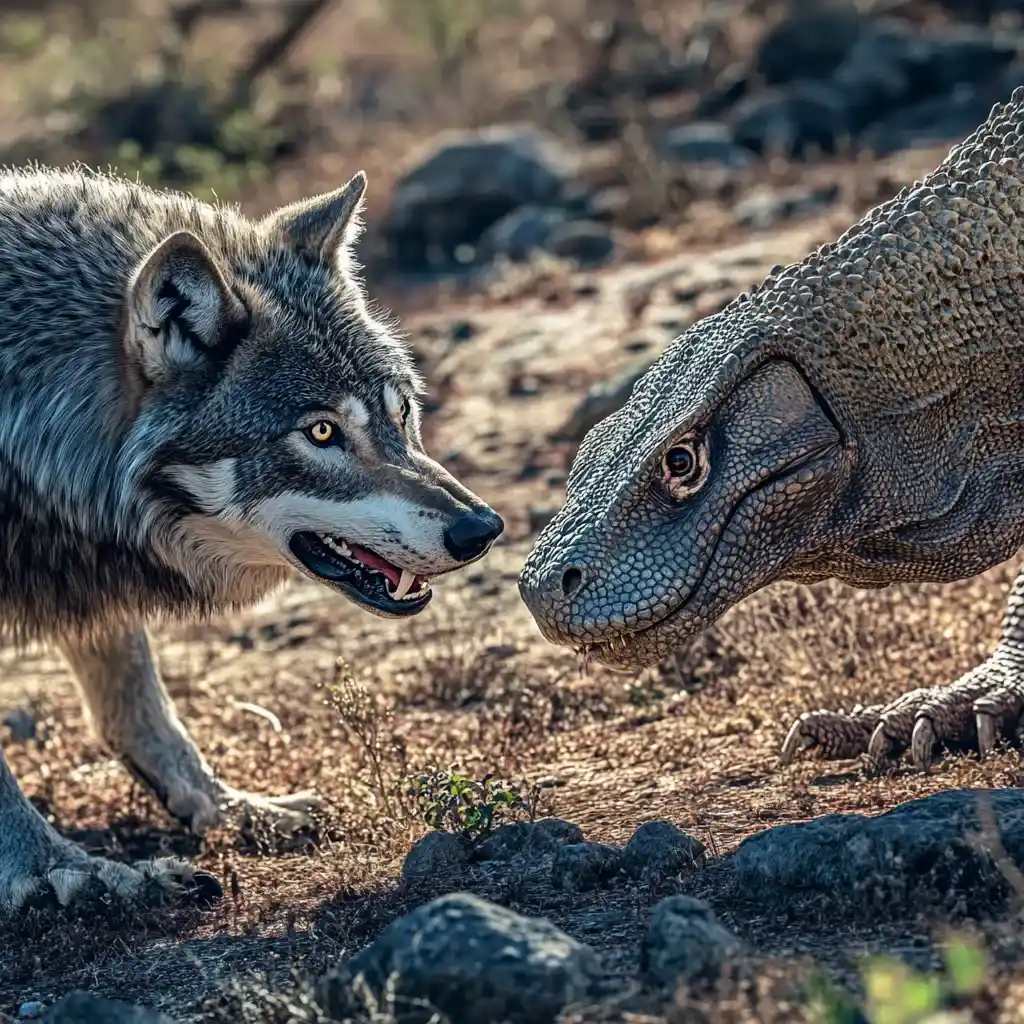
| Attribute | Komodo Dragon | Wolf |
| Size | Up to 10 feet, 200 pounds | Up to 5 feet, 90-175 pounds |
| Habitat | Tropical islands in Indonesia | Forests, tundra, mountains, grasslands |
| Hunting Style | Ambush predator, hunts alone | Pack hunter, works in teams |
| Diet | Deer, wild boar, buffalo, carrion | Bison, elk, moose, small animals |
| Strengths | Venomous bite, powerful muscles, endurance | Speed, teamwork, physical stamina |
| Weaknesses | Slow, short bursts of speed | Depends on pack, physically smaller |
Size and Weight: Who’s Bigger?
In terms of sheer size and weight, the Komodo dragon is much larger than the wolf. A fully grown Komodo can reach 10 feet long and weigh up to 200 pounds, while a wolf typically measures around 5 feet long and weighs between 90 and 175 pounds. Despite the wolf being smaller, its speed and agility give it an edge in maneuverability, whereas the Komodo is heavier and slower but packs more power in its strikes.
Hunting Style: Ambush vs Teamwork
When it comes to hunting, the Komodo dragon and the wolf couldn’t be more different. The Komodo dragon is a patient ambush predator. It waits for the right moment to strike and delivers a lethal bite. The venom in its saliva, along with the bacteria in its mouth, causes its prey to weaken over time, making it easier to take down.
On the other hand, wolves are known for their pack hunting strategy. They will chase down their prey over long distances, gradually exhausting it. Working in a pack allows wolves to coordinate their attacks, making them incredibly efficient hunters, even when facing prey that is larger or faster than any individual wolf.
Habitat: Tropical Islands vs Cold Climates
The habitats of these two predators are vastly different. The Komodo dragon lives in tropical environments, primarily on the remote islands of Indonesia, where the climate is warm and humid. They roam forests, grasslands, and savannas, where their massive bodies and slow movements are well-suited to ambush hunting.
Wolves, on the other hand, are found in a variety of habitats, from dense forests to the frozen tundra. Their adaptability allows them to survive in regions with harsh climates, including freezing winters, making them much more versatile than the Komodo dragon in terms of environment.
Read more: Komodo Dragon vs Bear: A Clash of Predator
Komodo Dragon vs Wolf: Who Would Win?
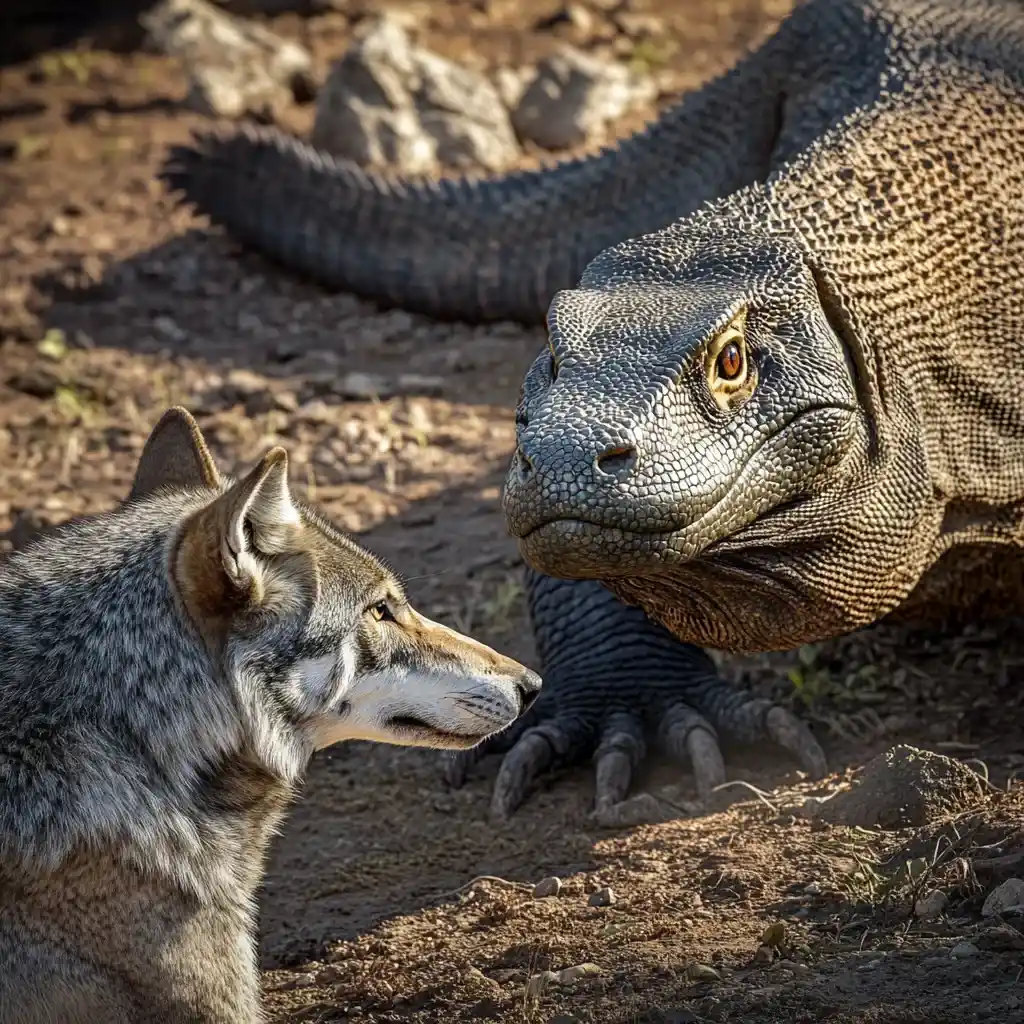
So, who would win in a fight between a Komodo dragon and a wolf? It depends on a few factors. If it’s a one-on-one battle, the Komodo dragon likely has the upper hand due to its size, strength, and venomous bite. A single bite from the Komodo could fatally weaken the wolf over time, giving the dragon the advantage in a drawn-out fight.
However, if the wolf is part of a pack, things get more complicated. Wolves are expert strategists when they work together, and multiple wolves attacking from different angles could overwhelm a solitary Komodo dragon. The wolves’ superior speed and coordination could allow them to avoid the Komodo’s deadly bite, wearing it down before launching a decisive attack.
In the end, a lone wolf would likely struggle against a Komodo dragon, but a pack of wolves could very well defeat the larger lizard by playing to their strengths in speed and teamwork.
Read more: Komodo Dragon vs Lion: Who Would Win?
Conclusion
Both the Komodo dragon and the gray wolf are incredible predators with their own unique strengths and weaknesses. The Komodo dragon is a solitary hunter, relying on its massive size and venomous bite to take down prey. Meanwhile, the wolf is a master of teamwork, using its speed and coordination to hunt in packs. In a one-on-one fight, the Komodo dragon might have the advantage due to its sheer power, but in a battle with multiple wolves, the wolf pack could outmaneuver and defeat the larger predator.

If you’re interested in seeing the Komodo dragon up close in its natural habitat, you can join the Komodo Island Tour Package by Komodo Luxury, which offers a safe and unforgettable experience to witness these ancient creatures in action.







